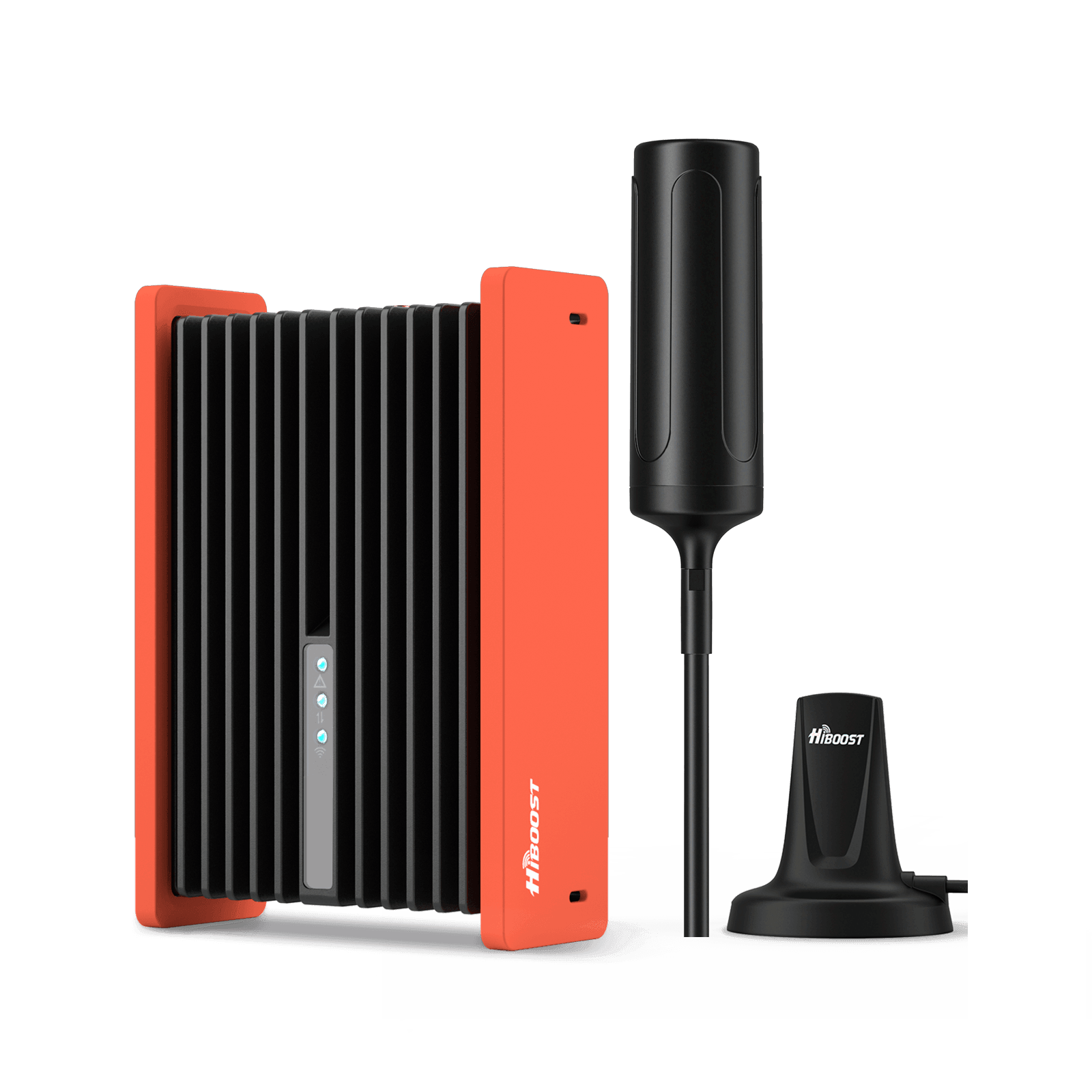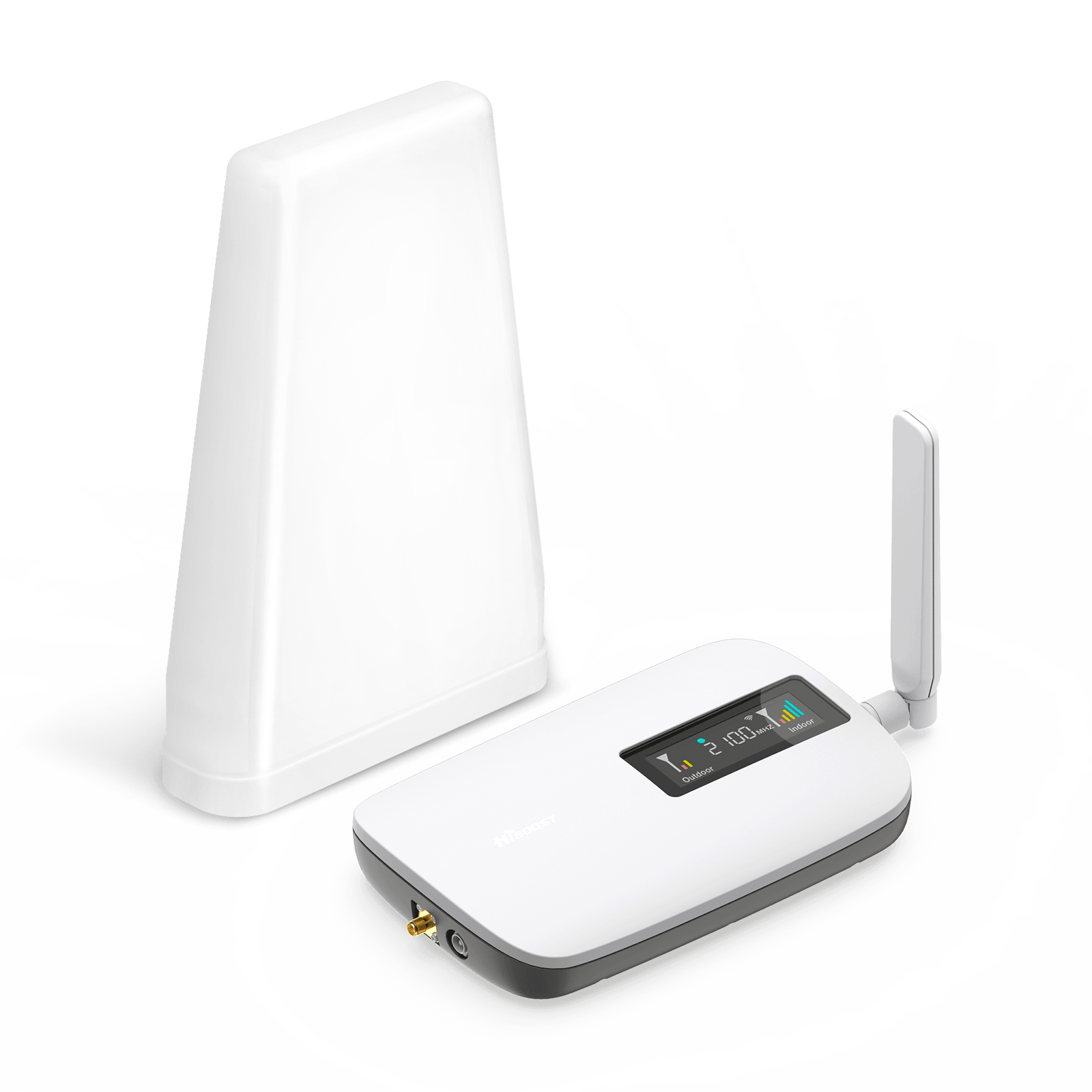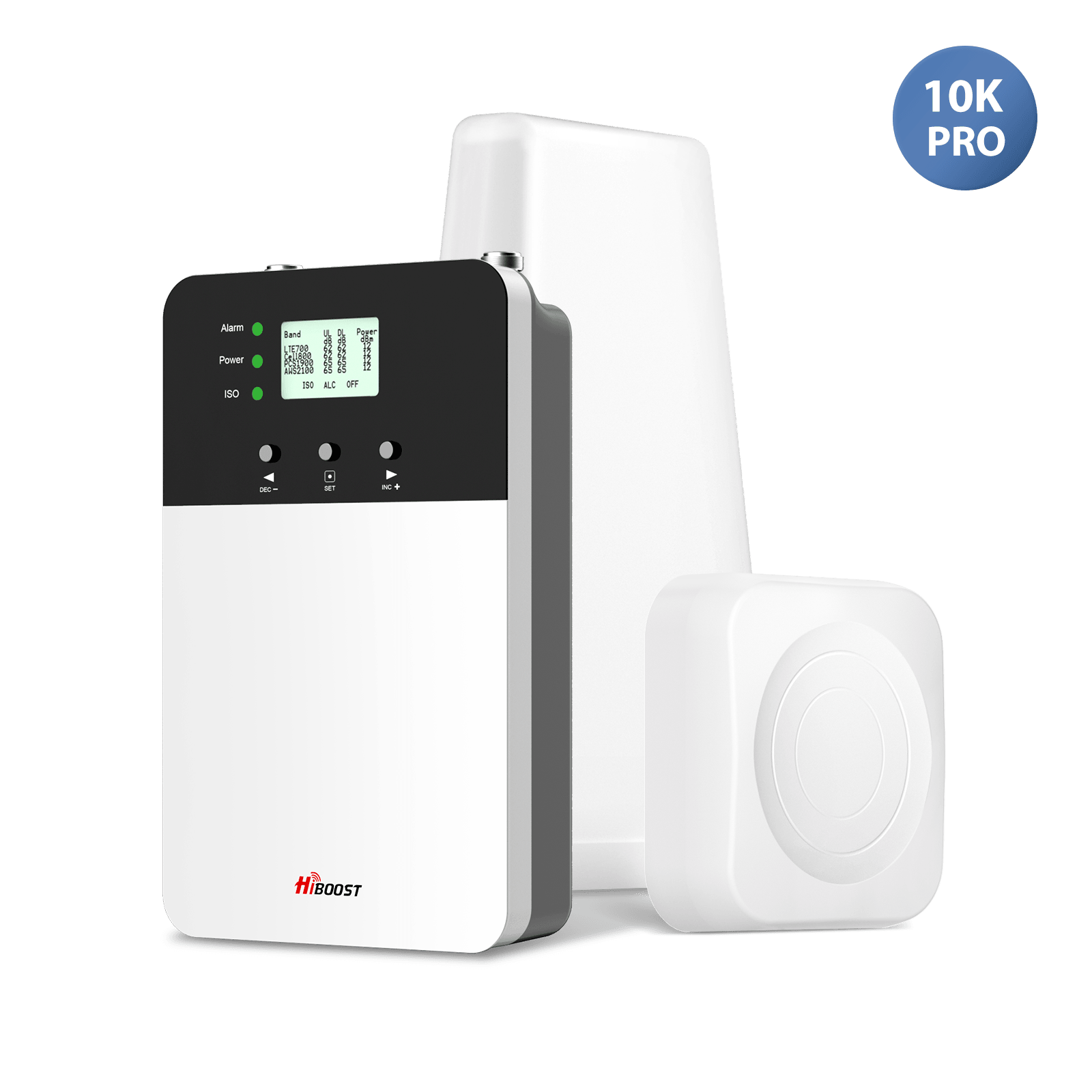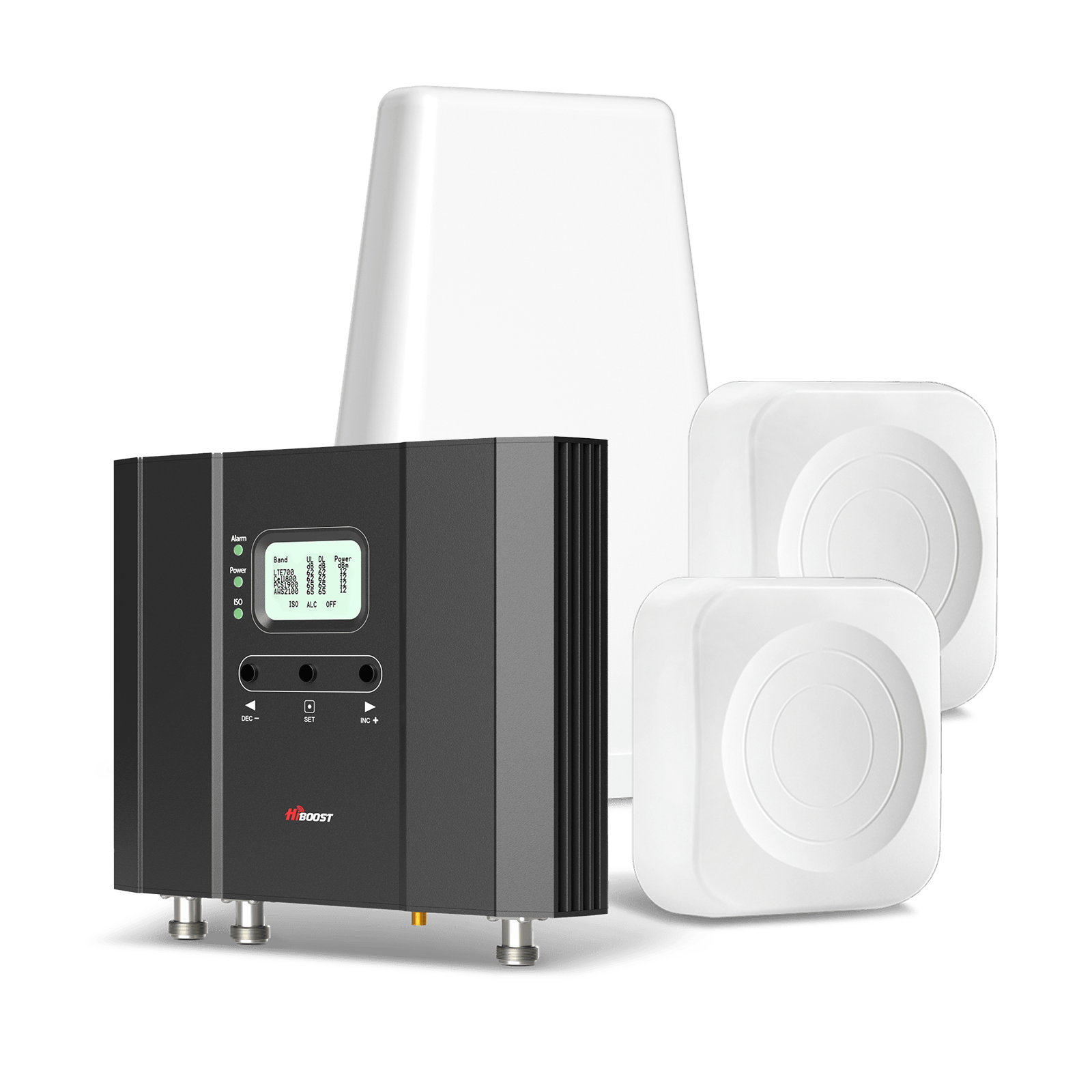Table of Contents
You just upgraded to a premium unlimited data plan and a shiny new 5G phone – so why are videos still buffering and webpages crawling? If you’re feeling a bit cheated by slow 5G speeds, you’re not alone.
This is one of the hottest tech frustrations today, and we’re here to solve the mystery. In this Hot Issues Solved post, we’ll unravel why your 5G network might be underperforming and how to turbocharge it back to life.
Frustration is building across AT&T, Verizon, and T-Mobile users alike. All three carriers hype their 5G as “blazing fast,” yet real-world experience can tell a different story. AT&T and T-Mobile rolled out widespread low-band 5G that reaches far and wide – great coverage, not-so-great speed (often similar to 4G LTE).
Verizon took a different route with super-fast Ultra Wideband 5G in city hotspots, but step outside that zone and you might drop to a much slower nationwide 5G. Even with a top-tier plan, network congestion during peak hours or quirks in 5G rollout (like shared 4G/5G towers) can throttle your speeds and test your patience.
The good news? Slow 5G is a solvable problem. Think of this introduction as the start of a friendly investigation – we’ll pinpoint the culprits behind your sluggish connection. Maybe it’s a simple setting on your new phone, or a known hiccup with your carrier’s 5G network.
Stay tuned as we guide you through 7 proven fixes tailored for each major carrier. By the end, that 5G icon at the top of your screen will truly stand for the fast, seamless connectivity you’ve been promised.

Why Is 5G Slower Than 4G?
It sounds baffling: you’ve upgraded your plan, purchased the latest smartphone, and proudly joined the 5G revolution, only to find your supposed lightning-fast speeds crawling even slower than 4G LTE.
You’re not imagining things—there are several real, explainable reasons why your 5G might be sluggish. Let’s break them down clearly:
1. Network Congestion
The promise of ultra-fast 5G has drawn millions of users onto the networks of AT&T, Verizon, and T-Mobile. However, when many users connect to a single 5G cell tower simultaneously—particularly in densely populated areas or during peak times—speeds can plummet due to network congestion. Ironically, this congestion might actually make your 5G connection slower than your previous 4G LTE experience.
2. Low-Band vs. High-Band (mmWave) 5G
Not all 5G networks are created equal. Carriers often deploy low-band 5G to cover larger areas quickly. While low-band 5G reaches farther and penetrates buildings better, its maximum speed can be disappointingly similar to—or even slower than—good-quality 4G LTE.
Verizon's Ultra Wideband (mmWave) provides blazing speeds, but only in limited, heavily populated urban locations, creating a noticeable gap in performance elsewhere.
3. Switching Between 4G and 5G (NSA Technology)
Currently, many networks use Non-Standalone (NSA) 5G, meaning your phone frequently switches between 5G and existing 4G LTE infrastructure. This constant shifting can create lag or delay, causing your device to slow down noticeably while transitioning between the two technologies.
4. Device Compatibility
Not every 5G phone is equally optimized. Older or budget-oriented devices may technically support 5G but often lack the advanced antennas or modem technology needed to harness the highest speeds effectively. In some cases, a mid-range 5G smartphone might perform slower on 5G than a flagship 4G LTE device.
5. Distance from Towers
Your proximity to a 5G cell tower drastically influences speeds. High-band (mmWave) signals degrade rapidly over short distances, and even mid-band signals weaken as distance grows. This could mean that at your specific location—especially indoors or on the outskirts of coverage—you’re receiving a weaker 5G signal compared to a robust, nearby 4G LTE tower.
6. Interference and Physical Obstructions
Buildings, dense foliage, walls, and even weather conditions can interfere with 5G signals—particularly high-band mmWave signals. Unlike 4G, which better penetrates barriers, many 5G signals struggle to pass through objects effectively, causing dramatic slowdowns indoors or in heavily obstructed areas.
7. Carrier Throttling and Plan Limitations
Finally, your carrier’s policies may also affect your 5G experience. Despite promises of unlimited data, your provider might still throttle (slow down) speeds after reaching certain usage thresholds. Such throttling can make your premium 5G feel unexpectedly slower compared to your past experiences with 4G LTE.
The good news: all of these issues can be addressed or mitigated, bringing your 5G speeds closer to what you were originally promised. Let's dive into exactly how to fix them.

Common Problems of Each Operator
While slow 5G speeds affect users across AT&T, Verizon, and T-Mobile, each carrier has its unique set of quirks and challenges. Knowing what specifically impacts your operator can help you better diagnose and fix the issue.
1. AT&T
Limited High-Speed Coverage:
AT&T relies heavily on low-band 5G (sub-6 GHz), providing broad coverage but often falling short of expected speed gains. Users frequently find that their 5G speeds match or even lag behind 4G LTE, especially in suburban or rural areas.
Network Congestion:
Due to extensive user loads, AT&T experiences heavy network congestion in busy urban areas and during peak usage times (such as evenings and weekends). This congestion drastically reduces speeds, causing buffering and delays.
Inconsistent Network Switching:
AT&T’s non-standalone (NSA) 5G networks often switch between 4G LTE and 5G frequencies, causing momentary connection losses or lagging speeds as the phone tries to negotiate between signals.
2. Verizon
Spotty Ultra Wideband (mmWave) Coverage:
Verizon’s high-speed Ultra Wideband 5G offers incredible speeds—but only in limited areas. Users stepping out of these small hotspot zones find themselves reverting to slower nationwide 5G or even back to LTE.
Poor Indoor Penetration:
Verizon’s mmWave signals struggle significantly with walls, buildings, and obstacles. This means indoor speeds for Verizon’s high-band 5G frequently drop dramatically, often becoming slower than traditional 4G LTE.
Frequent Network Dropouts:
Users have reported sudden drops or frequent switching between 5G and LTE, causing interruptions and inconsistent streaming or browsing experiences.
3. T-Mobile
Variable Speed due to Mixed Band Use:
T-Mobile heavily promotes its broad low-band and mid-band coverage, creating a patchwork of varied speeds. Low-band (600 MHz) is widely available but can be disappointingly slow, while mid-band (2.5 GHz) offers better speeds but with less extensive reach.
Signal Strength and Stability Issues:
Some T-Mobile users report unstable 5G signals, particularly indoors or in suburban outskirts. The signal often fluctuates between strong 5G and weaker LTE bands, leading to unpredictable performance.
Latency and Buffering Issues:
Despite impressive coverage maps, T-Mobile customers often notice higher latency or buffering issues compared to Verizon’s targeted mmWave areas, particularly during peak hours or heavy data use.
Each carrier’s distinct problems underline why understanding your operator’s specific challenges can help you regain control over your 5G experience. Up next, let’s dive into proven solutions tailored to address these exact issues and finally get your 5G performing as promised.

How to Solve the Signal Booster
Struggling with weak or unstable 5G signals is incredibly frustrating, especially when you’ve invested in premium phones and data plans. Fortunately, HiBoost offers a range of powerful signal boosters specifically designed to enhance your connectivity whether you're at home, at work, or on the road.
Here’s a detailed look at HiBoost's standout products, each tailored to different needs:
1. HiBoost Travel 3.0 ExplorerX Truck Booster
Perfect for truck drivers, long-distance travelers, or anyone frequently on the road, the HiBoost Travel 3.0 ExplorerX Truck Booster provides robust and reliable signal enhancement.
- Portable and Powerful: Compact design suited for trucks and large vehicles.
- Wide Coverage Area: Boosts signal effectively throughout your vehicle, reducing dropped calls and enhancing data speeds.
- All-Carriers Compatible: Works seamlessly with AT&T, Verizon, T-Mobile, and other major U.S. carriers, delivering steady signals on highways and rural routes.
- Easy Installation: Plug-and-play setup means you’ll be back on the road with clear calls and fast streaming in no time.
2. HiBoost 4K Plus Pro Home Cellular Booster
When your home’s cell signal lets you down, the HiBoost 4K Plus Pro Home Cellular Booster is your reliable ally, dramatically improving connectivity indoors.
- Expansive Indoor Coverage: Capable of covering up to 4,000 square feet—ideal for medium to large homes or office spaces.
- High-Speed Data & HD Voice: Supports crystal-clear HD calls, faster 5G/LTE data speeds, and significantly reduces dropped connections.
- Smart LCD Display: Real-time signal monitoring and automatic adjustments, making installation and troubleshooting effortless.
- Multi-Device Support: Boosts signals simultaneously for multiple users and devices, ensuring your family or coworkers all benefit equally.
3. HiBoost Sidekick Cell Signal Booster for Home
Compact, yet exceptionally effective, the HiBoost Sidekick Cell Signal Booster for Home is a budget-friendly solution for smaller homes, apartments, or single-room offices.
- Compact and Sleek Design: Blends seamlessly into your living space without cumbersome equipment.
- Enhanced Signal Reliability: Eliminates weak or spotty cellular coverage, ensuring consistent calls, texting, and data speeds.
- Plug-and-Play Setup: Simple installation, ideal for non-technical users, allowing quick improvement to signal quality.
- Carrier Compatibility: Compatible with AT&T, Verizon, and T-Mobile, ensuring consistent performance regardless of your chosen provider.
4. HiBoost 4K Plus Phone Signal Amplifier
If you need robust cellular performance for professional or personal use, the HiBoost 4K Plus Phone Signal Amplifier delivers strong signals reliably, optimizing your network experience.
- High-Efficiency Performance: Delivers boosted 5G and LTE signals, significantly improving browsing speeds, downloads, and streaming quality.
- Extensive Area Coverage: Covers medium-sized areas (up to 4,000 sq. ft.) with stable and enhanced connectivity.
- Remote Monitoring: The HiBoost app integration allows users to fine-tune and monitor their signal strength remotely, simplifying the setup and management process.
- Versatile Application: Ideal for both residential and small-business environments, keeping all users connected at optimal speeds.
By integrating a HiBoost signal booster into your connectivity setup, you can finally enjoy the full potential of your 5G network—no more frustrating drops, buffering streams, or interrupted calls. Choose the right product to fit your lifestyle and reclaim your digital freedom!

What’s Slowing Down Your 5G?
It’s incredibly frustrating when your promised blazing-fast 5G connection barely crawls along. Understanding what's behind the slowdown is the first step to resolving your speed woes. Here are some common culprits causing your 5G speeds to lag:
1. Network Congestion
During peak usage hours—like evenings or weekends—thousands of users might access the same network simultaneously. Heavy traffic overloads cell towers, causing significant speed reductions.
2. Distance from Cell Towers
5G signals, particularly high-frequency mmWave signals used by Verizon, rapidly diminish in strength as you move away from the tower. Even mid-band signals (T-Mobile, AT&T) weaken noticeably at longer distances or when penetrating obstacles.
3. Physical Obstructions and Interference
Walls, buildings, trees, or even bad weather significantly degrade 5G signal quality, especially Verizon’s mmWave. Indoors, concrete and steel structures heavily limit signal strength, slowing your connection dramatically.
4. Non-Standalone (NSA) Technology
Currently, most networks run Non-Standalone 5G, combining 4G and 5G technologies. This means your phone continually switches between 4G LTE and 5G frequencies, creating noticeable lags or interruptions.
5. Device Limitations
Not all 5G-capable phones offer optimal performance. Older models or budget devices may lack powerful antennas or modems needed to effectively utilize faster network speeds, resulting in disappointing performance compared to premium devices.
6. Carrier Throttling and Data Caps
Even "unlimited" plans often come with fine print. After reaching a certain usage threshold, your carrier (AT&T, Verizon, T-Mobile) might throttle your data speed, significantly slowing your experience, despite your premium plan.
7. Network Infrastructure and Rollout Issues
5G networks are still relatively new. Carriers are continuously building and upgrading their networks. Temporary maintenance, incomplete infrastructure, or local network disruptions can severely impact speed, especially in developing coverage areas.
Recognizing these factors is key to troubleshooting your slow 5G speeds effectively. Fortunately, many of these issues can be tackled with the right solutions—ensuring that your 5G finally delivers on its promises.

7 Proven Ways to Fix Slow 5G (Works for All Carriers)
1. Toggle Airplane Mode (or Reboot)
The fastest fix is often the simplest: switch Airplane Mode on for 10–15 seconds, then turn it off—or give your phone a full restart. This forces a fresh connection to the nearest 5G cell and wipes out minor software glitches that stall speeds.
2. Update Your OS, Carrier Settings & Apps
Out-of-date firmware can choke performance. Head to Settings ▸ Software Update and General ▸ About (iOS) or Settings ▸ System Update (Android) to grab the latest OS patch and carrier settings. While you’re at it, update streaming and social apps; many now include 5G-specific optimisations.
3. Reset Network Settings & Refresh Your SIM
Corrupted network profiles slow down handshake times. A quick Reset Network Settings (found under General/Connectivity settings) rebuilds APNs, clears old Wi-Fi caches, and re-provisions 5G. If issues persist, pop out your SIM for 30 seconds, re-insert, and let it re-authenticate.
4. Prioritise 5G Bands in Your Phone’s Radio Menu
Some devices default to “5G/4G Auto.” Dive into Mobile Networks ▸ Preferred Network Type and lock it to “5G Only” when you’re in a strong-signal zone. Conversely, if you’re deep indoors, switching temporarily to LTE can outperform weak 5G until you move back outside.
5. Reduce Congestion—Use Wi-Fi Calling or Change Locations
Peak-hour crowding can cut speeds by 70 %+. Enable Wi-Fi Calling at home or in cafés, move closer to windows, or step outside thick concrete walls to dodge congestion and physical barriers that weaken mid- and high-band 5G signals.
6. Disable Low-Data/Power-Saving Modes
Both iOS (Low Data Mode) and Android OEM skins throttle background tasks and limit network throughput to conserve battery. Turn these settings off, then check for hidden carrier “Data Saver” toggles in your account or hotspot menus that silently cap bandwidth.
7. Install a Certified Signal Booster
If you live on the network fringe, no amount of software tweaks will beat physics. A quality booster—such as HiBoost Travel 3.0 ExplorerX Truck Booster, HiBoost 4K Plus Pro Home Cellular Booster, HiBoost Sidekick Cell Signal Booster for Home, or HiBoost 4K Plus Phone Signal Amplifier—captures weak outdoor 5G/LTE signals and amplifies them indoors or in-vehicle, giving you reliable bars where the tower can’t.
FAQs
1. Why is my 5G slower than 4G?
5G isn’t a single speed tier—carriers use three bands. Low-band 5G (below 1 GHz) travels far but tops out around good-quality 4G LTE speeds. If that’s the only 5G available where you stand—especially during peak congestion—you can feel slower than the LTE tower down the road. Mid-band and mmWave 5G are dramatically faster, but they cover smaller areas and fade quickly indoors.
2. How can I tell if I’m on real 5G or just low-band?
Look at both the icon and your speed test:
- Icon clues: Carriers label their premium layers differently—Verizon “UW,” AT&T “5G+,” T-Mobile “UC.” Plain “5G” usually means low-band.
- Speed test: Anything under ~100 Mbps downstream often indicates low-band; mid-band typically lands in the 200-600 Mbps range, and mmWave can break 1 Gbps in ideal conditions.
- Field-test mode: On iOS dial 3001#12345#; on Android install NetMonster or CellMapper. Frequencies below 1 GHz = low-band.
3. Does AT&T, Verizon, or T-Mobile have the fastest 5G?
- Verizon still posts the absolute top speeds with its mmWave Ultra Wideband, but coverage is limited to dense city blocks, arenas, and airports.
- T-Mobile owns the largest mid-band footprint (2.5 GHz “Ultra Capacity”)—a sweet spot of speed and reach, so average users often see the most consistent fast 5G here.
- AT&T has solid nationwide low-band coverage and is rapidly expanding mid-band (3.45 GHz and 3.7 GHz), but its average speeds sit between the other two—for now.
In practice, the “fastest” network is the one with the strongest mid-/high-band signal at your address, so always consult the carrier’s 5G coverage map and local crowd-sourced speed tests.
4. Do 5G signal boosters really work?
Yes—when they’re FCC-certified and support your carrier’s bands. A booster collects weak outdoor 5G/LTE signals, amplifies them, and rebroadcasts them indoors or in-vehicle.
Solutions like the HiBoost Travel 3.0 ExplorerX Truck Booster, HiBoost 4K Plus Pro Home Cellular Booster, HiBoost Sidekick Cell Signal Booster for Home, and HiBoost 4K Plus Phone Signal Amplifier cover everything from cross-country trucking to large homes, restoring full-bar service and faster data where the tower can’t reach.
5. Is there a way to improve 5G indoors without switching carriers?
Absolutely:
- Positioning: Move closer to windows or upper floors to cut through walls.
- Enable Wi-Fi Calling: Route voice over your home broadband during peak hours.
- Use a certified booster: HiBoost’s Sidekick or 4K Plus units give your indoor signal a permanent lift.
- Router hotspot fallback: If speeds dive, tether to a dual-band Wi-Fi 6 router plugged into fibre or cable.
6. Will turning off 5G make my phone faster?
Sometimes. If you’re stuck on a weak 5G band that keeps dropping to LTE, forcing the phone to “LTE Only” can yield steadier—and occasionally faster—downloads. Toggle it back on when you’re outdoors or in a strong-signal zone to enjoy true 5G performance.
7. Does the type of phone affect 5G speed?
Definitely. Newer devices pack advanced Qualcomm or MediaTek modems, extra antenna arrays, and better heat management, allowing higher throughput and sustained speeds. Flagships and late-model mid-rangers often support more 5G bands (including carrier-exclusive channels) and advanced features like 4×4 MIMO and carrier aggregation—critical for hitting the top of the speed charts.
Slow 5G doesn’t have to be your new normal. Now you know the real culprits—network congestion, low-band limitations, device bottlenecks, and shaky indoor coverage—and you’ve got seven rock-solid fixes to blast through each one. Start with the quick wins (refresh your connection, update your OS, tweak network settings), then tackle the heavy hitters (strategic band selection, Wi-Fi Calling, certified signal boosters).
Whether you’re on AT&T’s sprawling low-band, Verizon’s spot-lightning mmWave, or T-Mobile’s mid-band powerhouse, these steps work across the board.
Remember: the 5G icon alone doesn’t guarantee speed—your setup does. Dial in the right settings, position yourself for stronger signals, and, when physics won’t budge, let a HiBoost booster do the heavy lifting. Implement the fixes today, and the next time you hit “play,” that video should launch at warp speed—exactly what 5G promised from day one.
Popular Articles
How To Fix Poor Verizon Service
How to Get Cell Signal in a Dead Zone









Leave a comment
All comments are moderated before being published.
This site is protected by hCaptcha and the hCaptcha Privacy Policy and Terms of Service apply.